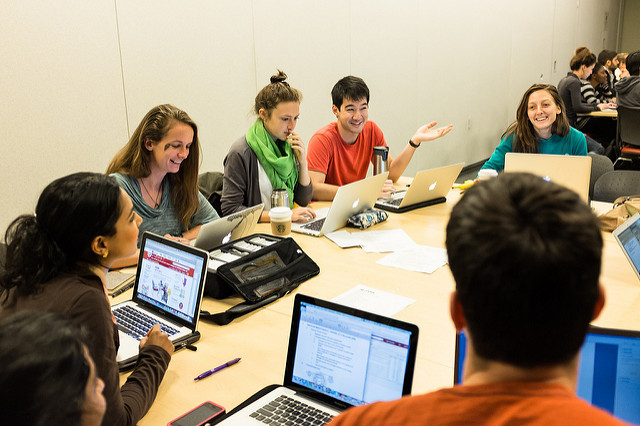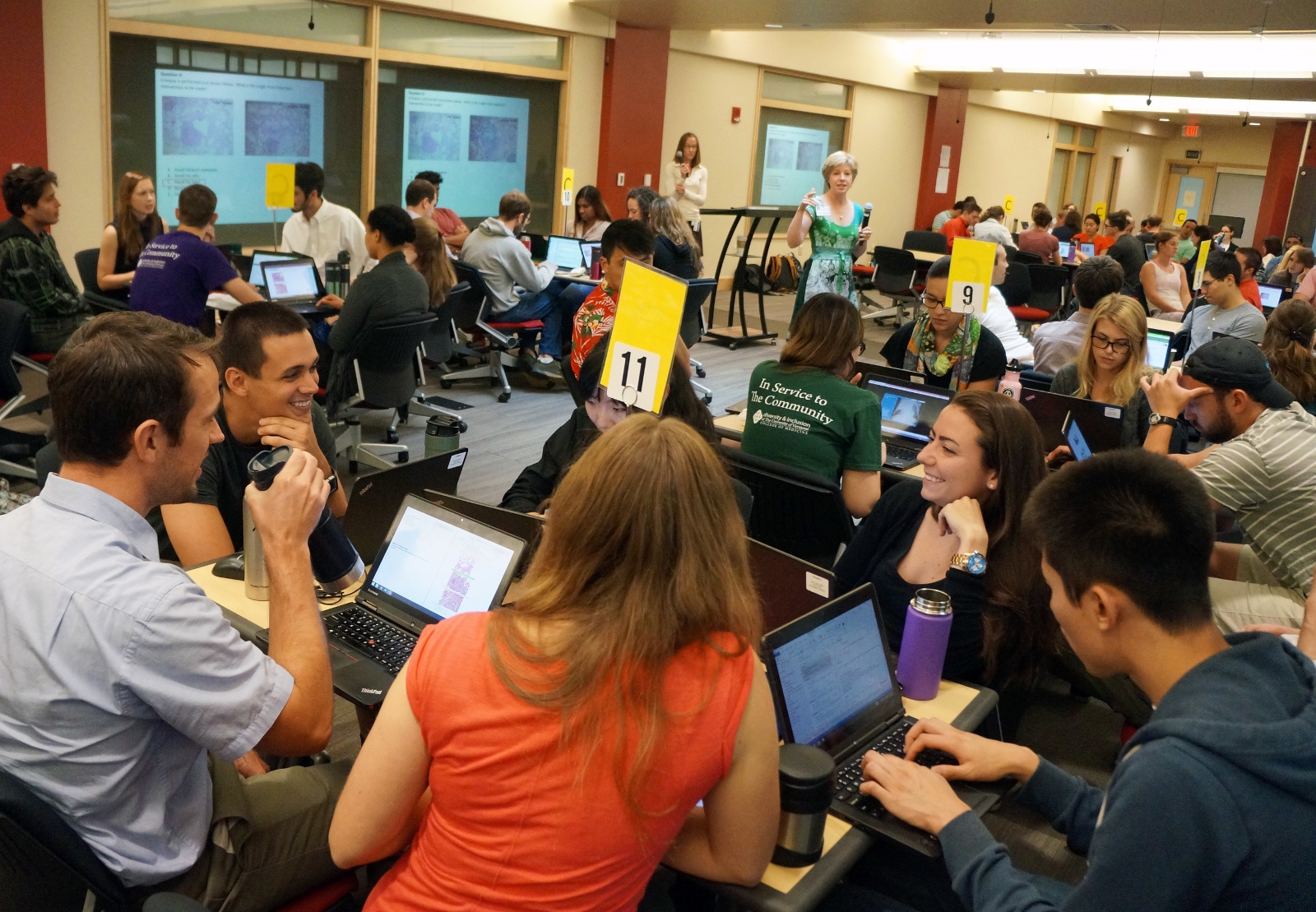For many, Flipped Learning means merely to review videos before class activities. However, its methodology is much more extensive.
Photo: Flickr / Stanford University.
Academy of Active Learning Arts and Sciences (AALAS), is the name of the new non-profit association whose objective is to promote and support the training and practice of flipped learning around the world.
For many, Flipped Learning means merely to review videos before class activities. It is true that this is a common practice of this technique; however, its methodology is much more extensive.
“As we enter the Flipped Learning 3.0 era, we now know that the magic of Flipped Learning doesn’t happen in the videos, it happens in the classroom,” stated Jon Bergmann, Chief Academic Officer of the Flipped Learning Global Initiative.
AALAS aims to standardize and refine Flipped Learning and Active Learning methods, in addition to undertake research, develop training courses and award accreditation for teachers.
data-animation-override>
“A teaching technique in which content is presented using videos and other learning resources that can be freely consulted online, while classroom time is devoted to discussion, problem-solving, and practical activities under the supervision and guidance of the teacher.”
Flipped Learning method
Based on a recent publication of researchers from the University of Northern Colorado, we can describe some Flipped Learning characteristics:
- It is flexible; Educators physically reorganize their learning spaces to favor a lesson and thus to support group work or independent study.
- It focuses on the student; Time in class is used to explore topics in greater depth and create enriching discussions.
- It uses intentional content; Teachers design resources to expose concepts in compelling ways.
- The role of the teacher is fundamental; the instructor observes, evaluates and gives feedback instantly.
If you are a teacher or you want to know more about Flipped Learning, we invite you to download our Edu Trends report. In this edition, you can find definitions, recommendations and examples of teaching strategies in this regard.
This article from Observatory of the Institute for the Future of Education may be shared under the terms of the license CC BY-NC-SA 4.0 
)
)









)
Rubí Román
Rubí Román
Rubí Román